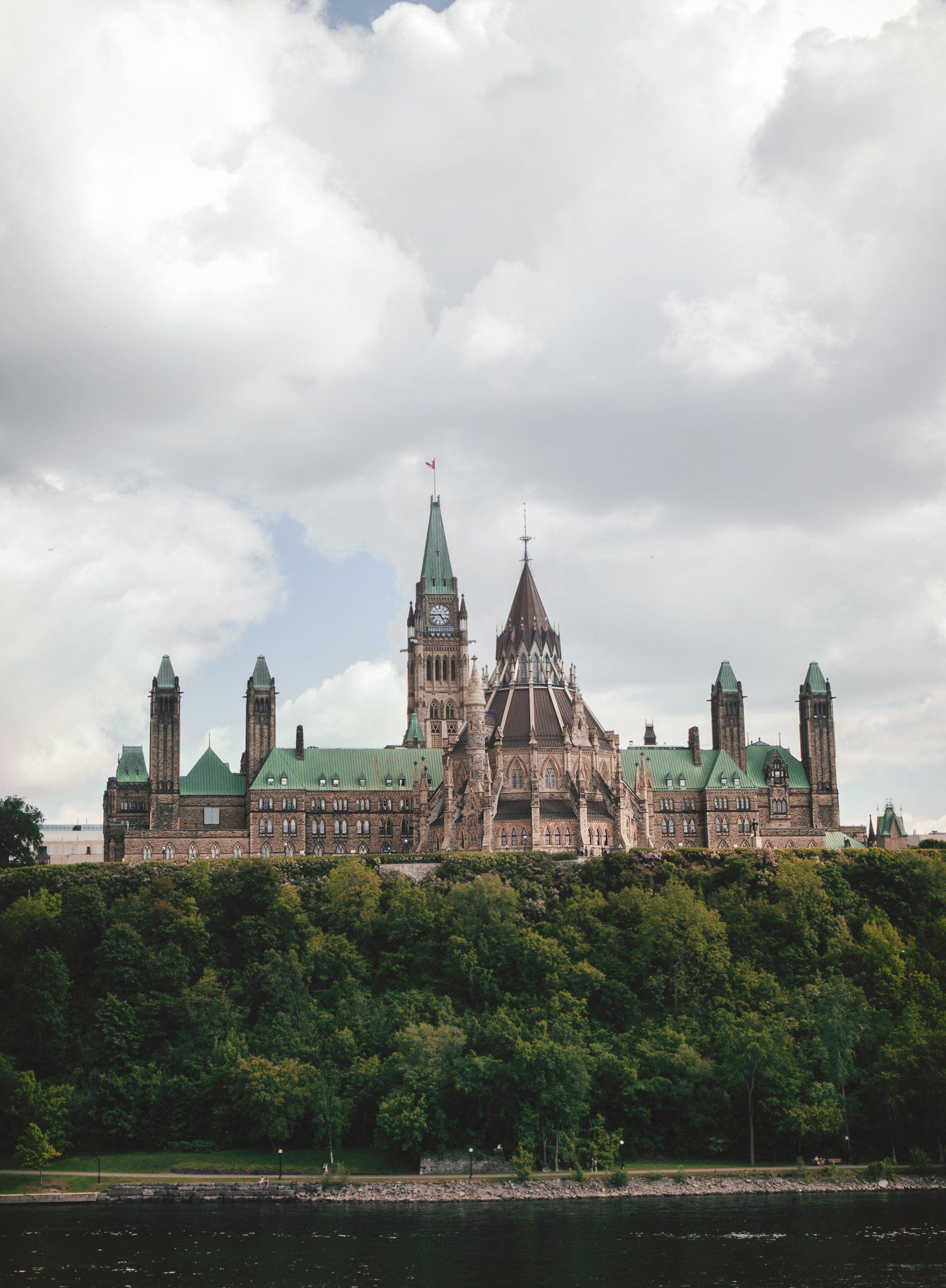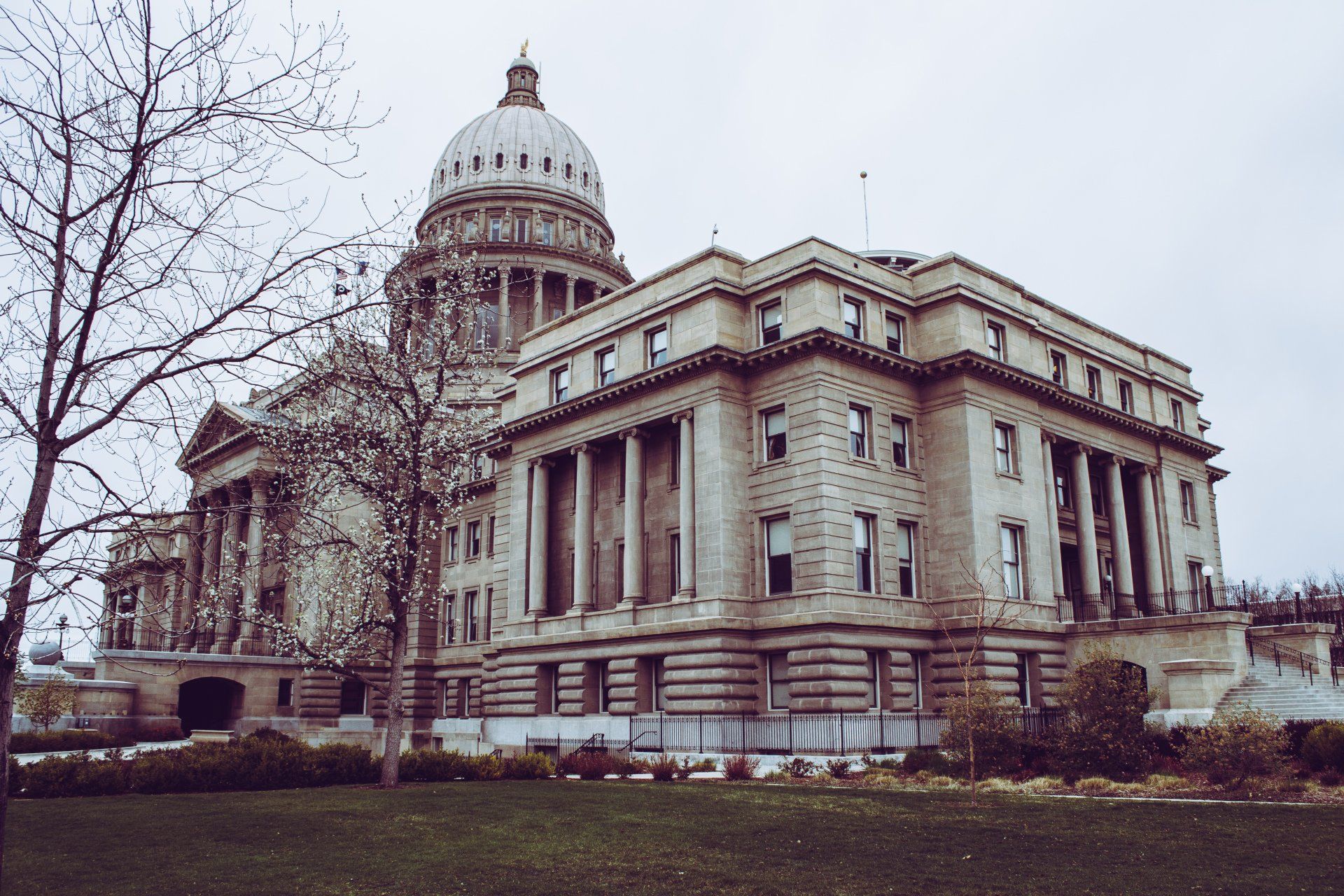Public vs Private Healthcare
What are the benefits and drawbacks?
Within a given country, the institutions which provide healthcare services to a population are financed through public, private, or a combination of both sources. Depending on the system, funding usually encompasses operational necessities for those institutions such as salaries for healthcare workers, equipment purchases and repairs, medical procedures, and prescriptions.
Publicly funded healthcare refers to healthcare financed by government revenues such as tax income and social insurance contributions. These revenues are typically managed by the government or government agencies and are distributed to institutions that provide care to the population. The management of this fund and the distribution and use of the money is usually structured by the laws of the respective country.
Private healthcare, in contrast, is usually provided by for-profit businesses or corporations which run healthcare organizations such as hospitals. Private healthcare also encompasses self-employed practitioners who charge privately for their services. Private insurance coverage or out-of-pocket payment by patients make up the primary sources of financing for private healthcare.
Among the OECD countries, publicly funded healthcare accounts for 71 percent of total health expenditure, which in turn accounts for, on average, 15 percent of total government spending. Notably, having a larger portion of healthcare funded by public sources doesn’t necessarily result in a larger portion of total government spending on healthcare. The United States, whose system ranks as having one of the lowest shares of public funding, also spends more of its total governmental budget on healthcare than most countries in the OECD.
This article will explore some of the common arguments in favor of public and privately funded healthcare systems.
Arguments for Publicly Funded Healthcare
Increased Equity and Income Equality
Health equity is a measurement of how access to healthcare, treatment, and good health outcomes are distributed across a population. Equity is high when everyone has a fair opportunity to increase their health regardless of factors such as gender, race, income, and pre-existing medical conditions. Publicly funded healthcare is usually intended to be accessible to the entire population, where access is structured on the basis of need rather than the ability to pay.
According to the WHO, about half of the world’s population doesn’t receive the care that they need due to financial barriers. Approximately 100 million people around the world are pushed into extreme poverty due to expenditures on healthcare. This is not just an issue limited to developing countries. For example, medical expenses are the number one cause of bankruptcy in the United States, accounting for 66.5 percent of claims.
Arguments based on increasing health equity usually suggest that healthcare should not be treated as a marketable good, but rather a fundamental right or condition of citizenship. Systems with privatized healthcare result in financial barriers, which allow wealthier people to access more and better care, while poorer people are either further economically marginalized, forced to take on debt, or excluded from care altogether. Studies tend to show that healthcare systems with higher rates of private financing are negatively associated with equity and accessibility.
Creating a Healthier Population
People live healthier and longer lives when they have access to healthcare. When the failure or success of a health system is measured by how healthy the overall population is, publicly funded healthcare systems are usually favored. Research shows that countries with more publicly funded healthcare systems have healthier populations, while increased private financing is negatively associated with improved health outcomes.
Reducing barriers to healthcare resolves health issues faster, avoids preventable deaths, and decreases overall demand on the system. For example, cost barriers are one of the biggest reasons for prescription non-adherence, a factor in 67 percent of preventable deaths in the United States. In Canada, where pharmaceuticals do not fall under the national healthcare program, economic barriers to accessing prescribed medication result in additional visits to the doctor’s office and emergency rooms, which has been estimated to be more expensive than funding those medications outright.
There are also economic benefits that come when a country has a generally healthier population and fewer financial barriers to care. When the population is sick less, the overall workforce is more productive, and workplaces have fewer costs associated with lost income.
Increased Efficiency
Increased efficiency is a common argument made in favor of privatization, which assumes that increased competition in an open market should create more efficient services that are free from the bureaucracy of a public system. However, studies tend to show that although privatized healthcare systems typically provide better timeliness and customer service, they tend to have less reported efficiency, due in part to profit incentives that increase unnecessary testing and treatment.
Publicly funded systems have been found to have reduced administrative costs overall. One study on the American system concluded administrative costs were the most substantial inefficiency of the system, which could be avoided with a publicly funded single-payer plan. This included insurance claims processing, payment validation, and contracting. For example, with multiple insurance companies with a variety of billing requirements, hospitals needed more administrative staff. There is also the added burden to the patient, who wastes time haggling with insurance companies over claims.
Proponents also argue that universal healthcare typically leads to the formation of a centralized national healthcare database, which tends to increase the flow of information between doctors and care providers. In the private industry, separate record systems inflate the cost of care and can lead to poor data collection. This centralized database could also help improve and innovate system efficiencies as well as healthcare outcomes with improved data integration.
Arguments for Privately Funded Healthcare
Personalized Care and Consumer Choice
Proponents of privately funded healthcare suggest that publicly funded systems are only able to offer limited and general services, due to constraints in staffing, budgets, and the lack of incentives to innovate and create more personalized services. Private systems do tend to offer better hospitality and decreased wait times, especially for elective or specialized treatments.
It is also argued that public healthcare results in a decrease in the patient’s ability to freely choose their treatment options., including choices in kinds of medications and surgical procedures. In a publicly funded system, the government typically determines the type of services that are covered as opposed to the patient. In a private system, there may be more services offered by differing-priced doctors and hospitals which patients could choose from, allowing them to select the option that is best for their needs.
Compensation for Healthcare Work
Under publicly funded systems, physicians and healthcare providers may be constrained in their ability to charge more for their services to those who wish to pay outside of the public system. For example, an ongoing major constitutional challenge in the province of British Columbia is making the argument that patients should have the right to pay privately for medical services outside of the public system and that physicians should be allowed to charge those patients extra for these services.
Since public healthcare systems typically cap fees and rates of compensation for providers, there is a risk that fewer potential doctors may decide to work in a country with a publicly funded system, and that they may also be dissuaded from choosing a medical profession at all. Fewer doctors could lead to more stress on the healthcare system if new doctors do not keep up with the demand for care, resulting in longer waiting periods for appointments and emergency services.
Some physicians and healthcare workers might end up making more money in privatized systems. This is the case with some specializations such as Orthopedic surgeons in the United States when compared to Canada. This creates a potential incentive for medical talent to leave the country in search of better compensation.
Filling the Gaps In Public Care
Some suggest that privatized healthcare has a role in supporting publicly funded services, which may be overburdened or inadequate to meet demand. Notably, all OECD countries allow some form of privatized healthcare alongside their publicly funded systems. If a particular government is reluctant to increase taxes or modify its budget to pay for improved healthcare, this can leave a gap that a government might be willing to offload onto the private sector.
Many Western countries in Europe and North America are seeing a growing aging population and an increase in associated healthcare costs. This is gradually putting more and more pressure on healthcare systems, and governments are having to spend a higher percentage of their budgets on healthcare. A greater role for the private sector might enable healthcare providers to keep up and reduce the burden on government spending. This might also result in lower tax rates when the responsibility to pay is shifted onto individuals.
The Choice of Private or Public Systems
The decision of a government to create and support a public, private, or dually funded system can be a politically and economically complex choice. Oftentimes, arguments made in favor or against a particular system are moral or value judgments based on considerations about the rights of individuals and the way societies should conceptualize medical care. For example, should we understand healthcare as a fundamental right or a marketable good?
Ultimately, many countries are attempting to find the right balance between publicly funded healthcare and the role of private industry. Those who value equity in the healthcare system, the overall health of the population, and efficiency, may favor a public system. Those who value individual choice, the freedoms of providers, and the role of the private sector in filling the gap left by public institutions may fall on the side of privatization.


